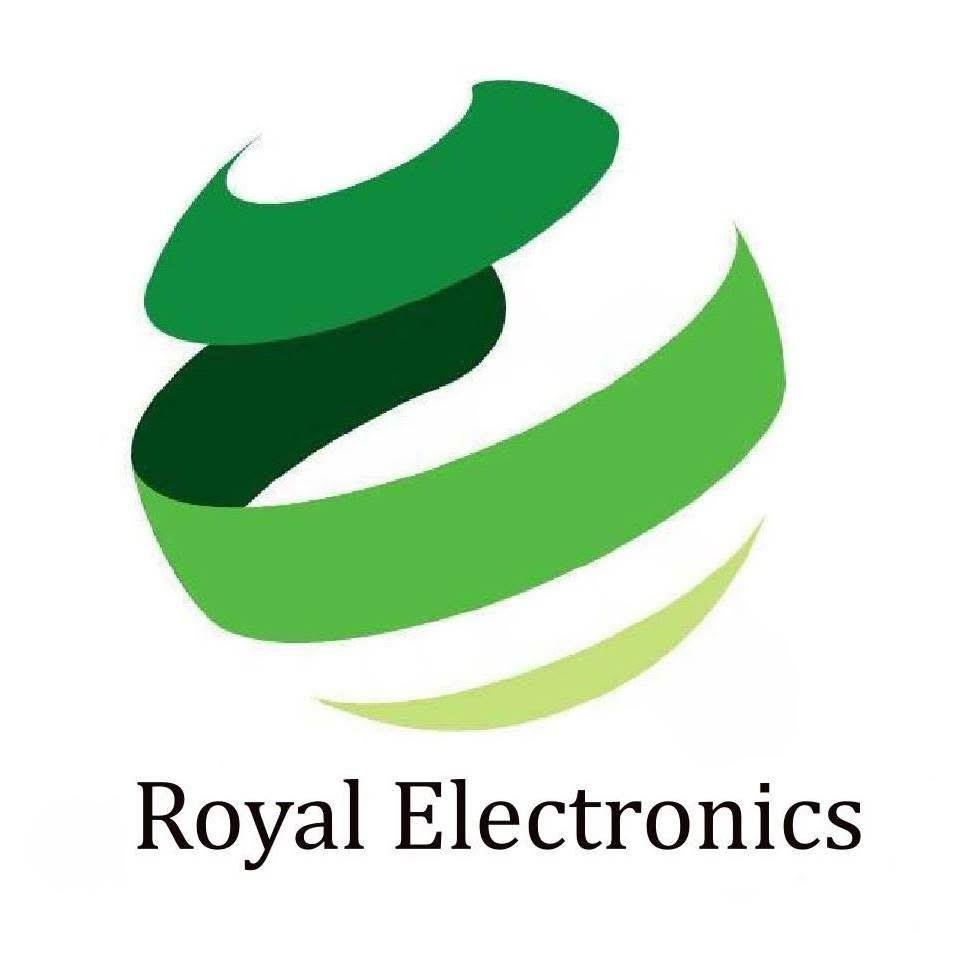E-commerce is the process of buying and selling products and services online, and it is one of the most significant modern phenomena in the world of business and shopping. The e-commerce process relies on the use of the internet to facilitate business operations, and it includes a variety of activities such as selling physical and digital products and providing services online.
Advantages of E-commerce:
Global Reach: E-commerce allows businesses to reach a global audience without geographic limitations.
Cost Savings: Reduces operational costs compared to traditional stores.
Ease and Convenience: Customers can make purchases anytime and from anywhere easily.
Data Analysis: Provides detailed data on buying habits and customer preferences to improve sales strategies.
Personalized Offers: Ability to offer customized and personal deals for each customer based on purchase history and preferences.
Time Savings: Reduces the time spent searching for products and shopping.Types of E-commerce:
B2C (Business to Consumer): Trade between businesses and consumers, such as online clothing shopping.
B2B (Business to Business): Trade between businesses, such as wholesale sales of raw materials.
C2C (Consumer to Consumer): Trade between consumers, such as selling used products through online platforms.
B2G (Business to Government): Trade between businesses and governments, such as providing services to government institutions.1Challenges of E-commerce:
Security and Privacy: Challenges related to protecting personal data and exposure to fraudulent operations.
Intense Competition: Strong competition among e-commerce stores can make it difficult to stay in the market.
Delivery and Distribution: Challenges related to providing fast and efficient delivery services.
User Experience: Providing a comfortable and streamlined user experience can be a challenge.In summary, e-commerce represents a significant evolution in the business world, offering great opportunities for companies to expand their operations and increase their profits.





